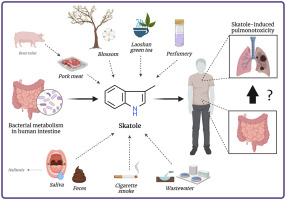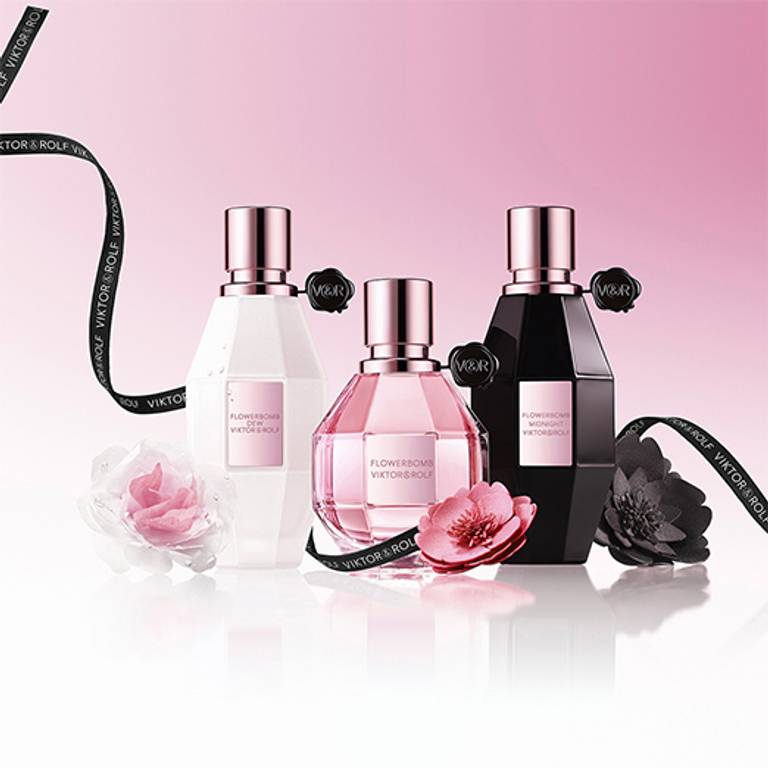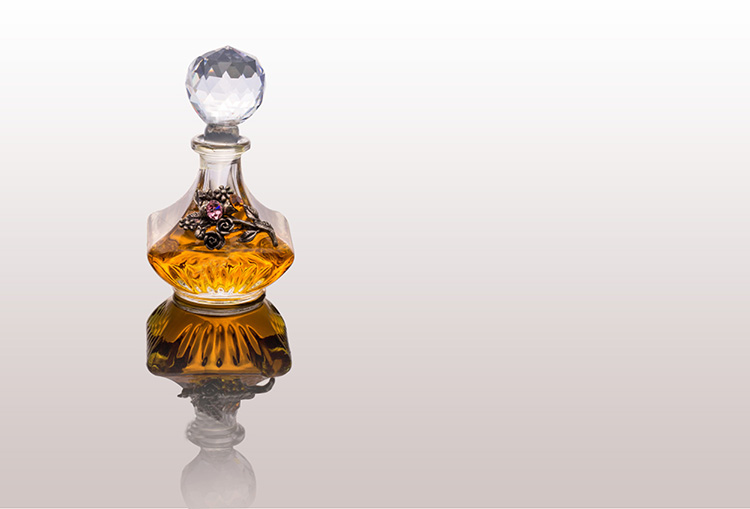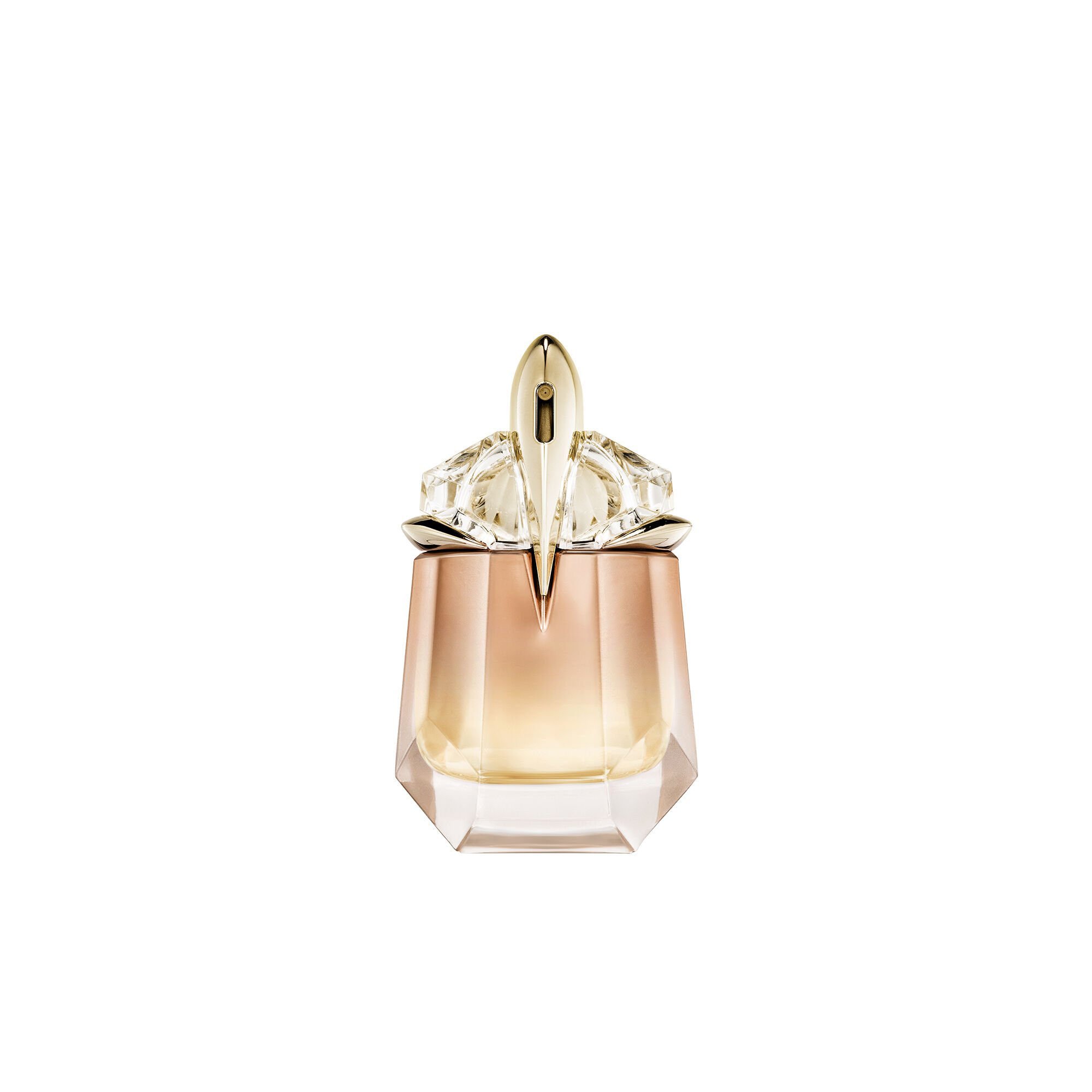Perfumery, often regarded as the art of capturing elusive essences, has a history intertwined with fascinating ingredients. One such ingredient that adds a layer of intrigue to fragrances is skatole.
Derived from natural sources, skatole is a compound known for its distinctive scent and ability to evoke complex emotions. In this exploration, we delve into the world of perfumes with skatole, unraveling the mystery and allure behind this enigmatic ingredient.
Understanding Skatole:
Skatole, scientifically known as 3-methylindole, is a naturally occurring organic compound found in trace amounts in various substances, including flowers, feces, and certain animal secretions.
Despite its origins in less-than-fragrant places, skatole possesses a unique scent that has piqued the interest of perfumers for its potential to add depth and warmth to fragrances.
The Fragrance Profile:
Skatole is characterized by a sweet, powdery, and somewhat animalic aroma. It is often described as reminiscent of white flowers, jasmine, or even a touch of honey. The intriguing aspect of skatole lies in its ability to transform a fragrance, contributing a rich and complex note that can range from sensual to comforting.
Perfumes Featuring Skatole:
Several renowned perfumes showcase the artful integration of skatole, balancing its distinct fragrance with other notes to create olfactory masterpieces.
Chanel No. 5:
- This iconic fragrance, created by perfumer Ernest Beaux, is celebrated for its timeless elegance. Skatole adds a subtle, creamy undertone to the floral bouquet, enhancing the overall sophistication of Chanel No. 5.
Guerlain Shalimar:
- Shalimar, a classic from the house of Guerlain, is known for its oriental charm. Skatole plays a role in the base notes, contributing to the warmth and sensuality that define this legendary fragrance.
Dior Poison:
- Poison, a bold and daring creation by Dior, features skatole as a part of its complex composition. The interplay of skatole with other ingredients adds a mysterious and seductive quality to this iconic scent.
The Art of Balancing:
Perfumers tread carefully when incorporating skatole into a fragrance. Its potent nature demands a delicate balance to avoid overpowering the composition.
Skatole is often used in conjunction with other ingredients such as florals, musks, and spices, creating a harmonious blend that unfolds over time, revealing different facets of its allure.
Conclusion:
Perfumes with skatole represent a captivating journey into the artistry of scent creation. Despite its unconventional origin, skatole has found a place in the world of high-end perfumery, adding depth, complexity, and a touch of mystery to some of the most iconic fragrances.
As we continue to explore the boundaries of olfactory creativity, the inclusion of skatole serves as a testament to the nuanced and intricate nature of perfumery, where even the most unexpected elements can become a source of inspiration.

Credit: listverse.com
Frequently Asked Questions
What Is Skatole In Perfume?
Skatole is an organic compound that, at low concentrations, imparts a sweet floral scent to perfumes.
How Does Skatole Affect Fragrance?
At low concentrations, Skatole adds depth and complexity with a floral aroma to the fragrance’s overall bouquet.
Is Skatole Safe In Perfumes?
Yes, Skatole is safe for use in perfumes, adhering to industry safety standards and regulations.
Can Skatole Cause Allergies?
Though generally safe, Skatole can cause allergic reactions in some individuals with sensitivity to fragrance compounds.









